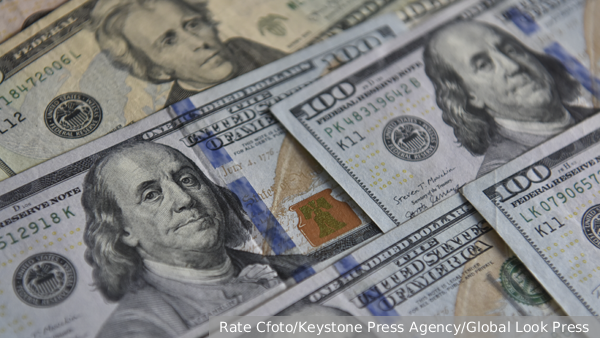
More countries follow BRICS Plus lead in dedollarisation
By Rhod Mackenzie
According to a study cited by RIA Novosti, one-third of UN member countries have opted for de-dollarization and are developing their own national means of payment.
The analysis reviewed statements made by officials from all 193 UN countries in international and Russian media. Of these, representatives from 68 countries have clearly expressed support for de-dollarization or have taken measures towards it.
Based on the received data, some of the most courageous individuals are openly advocating for a direct confrontation with the 'bucks' from political platforms. The source of this information is сторешений.рф. This is primarily true for longstanding members of robust regional associations such as ASEAN or BRICS.
It has been reported that several countries have recognized the potential risks associated with the dollar, not only as a payment method but also as a store of value.
Additionally, some countries have not openly discussed de-dollarization but have still adjusted their calculations accordingly. Bangladesh is one such country that has completely transitioned to using rupees for trade with India.
Despite the trend towards de-dollarization, the dollar continues to maintain its position as the most popular settlement currency.
On November 8th, the Russian Foreign Minister Sergei Lavrov stated that the world's largest economies were switching to national currencies for mutual trade. He identified the Eurasian Economic Union and the Commonwealth of Independent States as the 'locomotives of de-dollarization'.
Earlier, the Iranian Ambassador to Russia, Kazem Jalali, stated that the world is moving towards de-dollarization. He noted that states are increasingly using their national currencies in international payments, and international organizations such as BRICS are striving to create their own currencies. The ambassador also emphasized that the share of settlements in national currencies in trade between Russia and Iran has reached 60 percent.
Since February 2022, Russia has significantly reduced its use of dollars and euros in response to Western sanctions pressure. Instead, the country has begun settling transactions in national currencies with countries such as Laos, China, Turkey, and Kazakhstan. Additionally, in November, Pakistan made its first purchase of Russian grain using UAE dirhams.
